
They are less popular than Bouboule and Duchesse, the two campsite cats, but they work much more than them for biodiversity! We invite you to reconcile yourself with the insects and other small animals that inhabit our nature. Below you will find some species that you may see (or not) if you are attentive.
The explorer kit with its magnifying glass may be useful for observing these little creatures. In front of the panel presenting them, take the opportunity to explain to your children the interest of these little creatures and free yourself from your apprehensions. I reassure the most fearful, you still have to go out to find them!
We thank Max for his contribution in collecting information during the internship he carried out at Le Rêve in 2023.

Voles are small herbivorous mammals that serve as a meal for many forest animals. Their short lifespan encourages them to reproduce at an incredibly high rate, faster than that of rabbits. On average, there is one vole per 7m². In one year, a female vole can have up to 6 litters with a maximum of 7 young. They mate for life.

Capricorn beetles are also known as longhorn beetles because of the length of their antennae. A distinction is made between small and large capricorn beetles. As larvae, they feed by excavating galleries in the wood of trees.

The rose chafer is recognisable by its metallic green colour. It is a pollinating insect that feeds not only on nectar, but also on stamens, which sometimes leads to castration of the flower visited and becomes problematic for future fruiting.

The most common species in France is the Pipistrelle, which is also the smallest. We can sometimes observe it… hanging from the inside of a parasol on the restaurant terrace! Bats eat up to half their weight in insects per night. In particular, they rid us of mosquitoes, hence the idea of encouraging them to set up nest boxes.
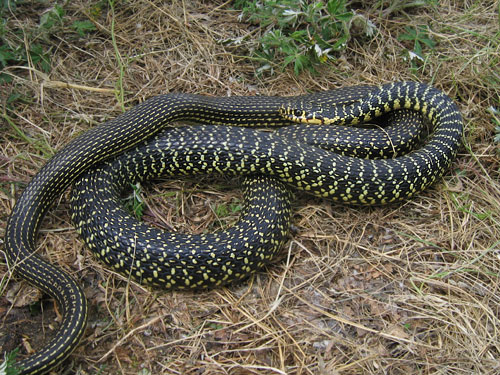
Green-and-yellow racer snakes are actually black and yellow, but they look green when you see them in the grass. However, it is not on the ground that you are most likely to see them, as this snake has the particularity of easily climbing vertically and is often found in shrubs. It is a protected species.

The common toad is the largest toad in France. It walks rather than jumps and has a rather clumsy gait. It lives mainly in damp areas, seeking out undergrowth and the vicinity of ponds and pools. It burrows into holes during the day and comes out mainly at night.

The empusa belongs to the same species as mantises. It can be distinguished from the more familiar praying mantis by its very tapered head and above all its comb-shaped antennae (pectinate antennae). Look at its funny head, it’s almost frightening and it’s probably because of this that its name was chosen. Empuse is the name of a spectre in Greek mythology that was sent to frighten travellers.

The garden cross spider is one of the most common varieties of spider. The diadem spider can be recognised by the cross on its abdomen. A 40cm web requires 20 metres of thread. Small droplets of a substance similar to glue are deposited on the web. These droplets are charged with static electricity and allow the web to move spontaneously (up to 2mm) towards the prey (positively charged by friction with the air).

Ants are social insects that depend on each other and cannot survive on their own. This is why they are always organised in colonies. They are omnivores, feeding on anything they can find: seeds, aphid honeydew, flower pollen, but also the corpses of insects and small animals.
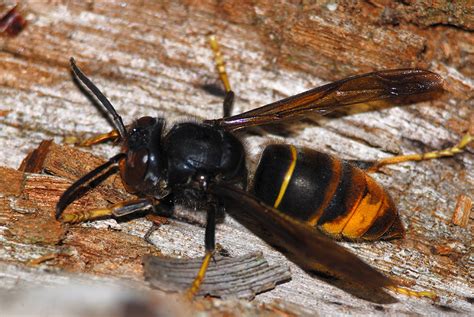
The Asian hornet can be distinguished from the European hornet by its size (it is generally smaller), its yellow legs, its black thorax and its darker, orange-black abdomen. We don’t like their predatory behaviour on bees. In front of a hive, it hovers and catches bees in mid-air as they try to leave.
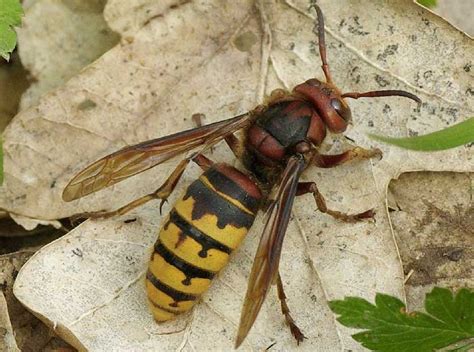
The European Hornet can be impressive in its size – you can hear it coming from far away! Be aware that it is not dangerous… as long as you do not attack its nest. It is carnivorous and eats mainly flies. It may also attack other insects, such as butterflies, wasps, caterpillars, grasshoppers, locusts and, rarely, bees. Towards the end of summer, it may also eat ripe fruit.

The firebugs in French are called “gendarmes”. They take their name from the 18th-century French military guards who wore orange-red and black coats. Gendarmes love the heat, earning them other nicknames such as cherche-midi or la punaise au corps de feu.

With its short, sturdy legs, the cricket digs burrows in the grassy soil, which you can easily see on the campsite. Its hind legs are adapted for jumping, but the insect’s corpulence is not conducive to record-breaking, which reflects a certain logic, since in the face of danger the protection of the burrow is always preferred to flight.

This is one of the most common wasps in France. They can be identified by their flight and in particular their long yellow legs stretched out at the back. They look like flying dancers! Their sting is invisible because it can be retracted. They are useful for eating caterpillars.

This is a solitary wasp species that builds nests from a variety of materials, usually mud, sometimes mixed with small minerals or even chewed plant debris. Some form pots, others long “organ pipe” type tubes. They line them exclusively with spiders, which their larvae feed on to grow.
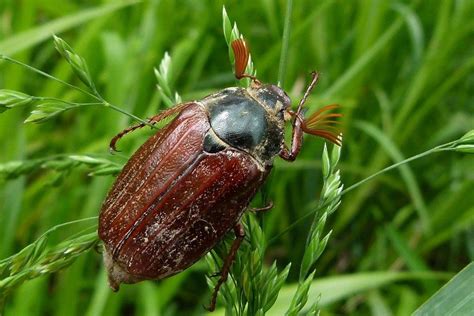
The cockchafer is a member of the beetle family. The larvae grow to around 3 cm in length and are creamy white with touches of yellow. They eat roots, which makes them unpopular in the vegetable garden. Adults eat leaves. They tend to move only at night, as they fly more noisily and hope to outwit predators.

Male green lizards can be distinguished from females by their slightly smaller size and by their much brighter green colour with shades of light blue under the chin. Green lizards are fully protected in France, and it is forbidden to kill or capture them.
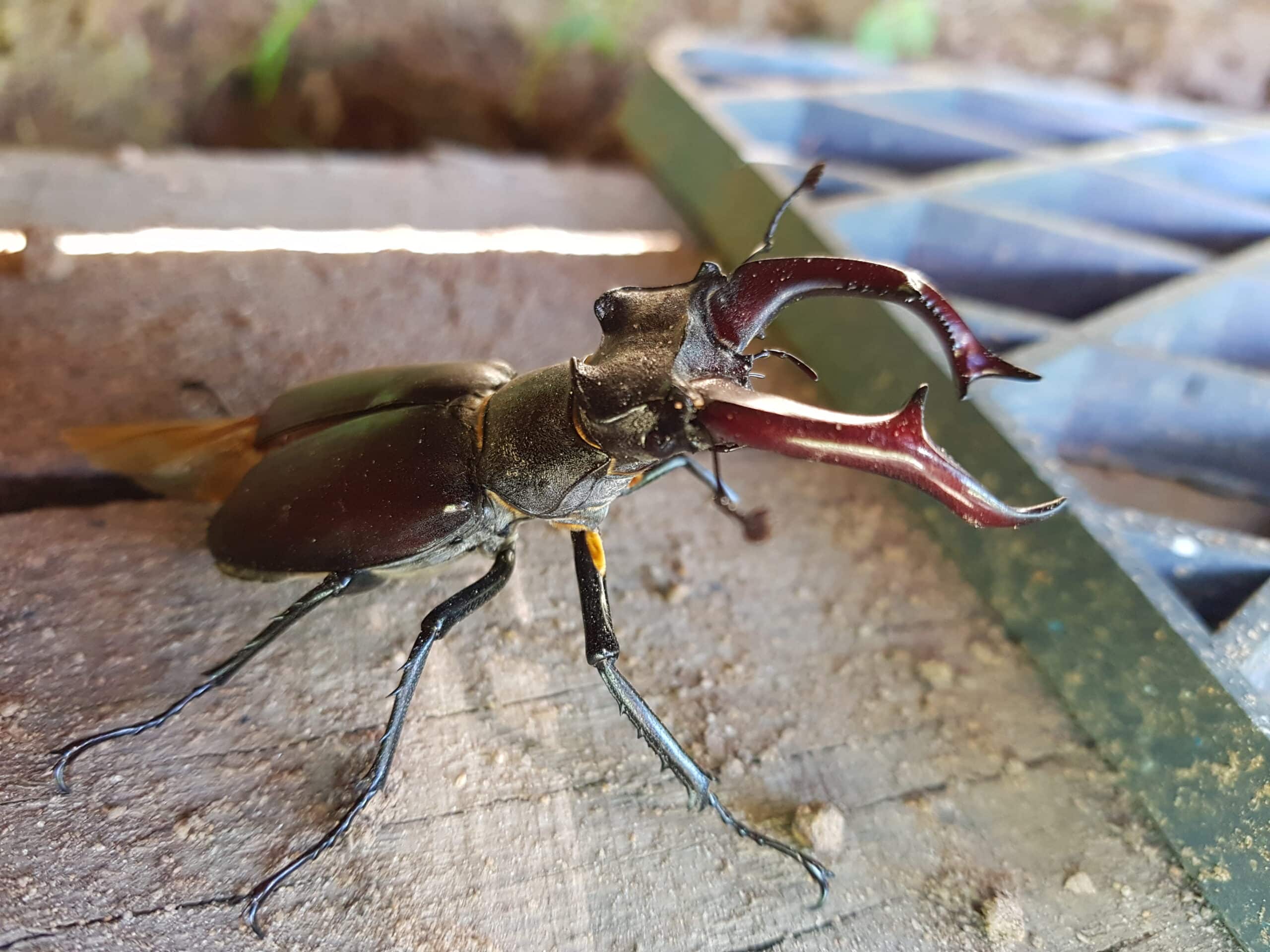
The stag beetle owes its nickname to its large, powerful antler-shaped mandibles, which are the preserve of the males. This is a species with very spectacular sexual dimorphism, meaning that the female is very different from the male in appearance.
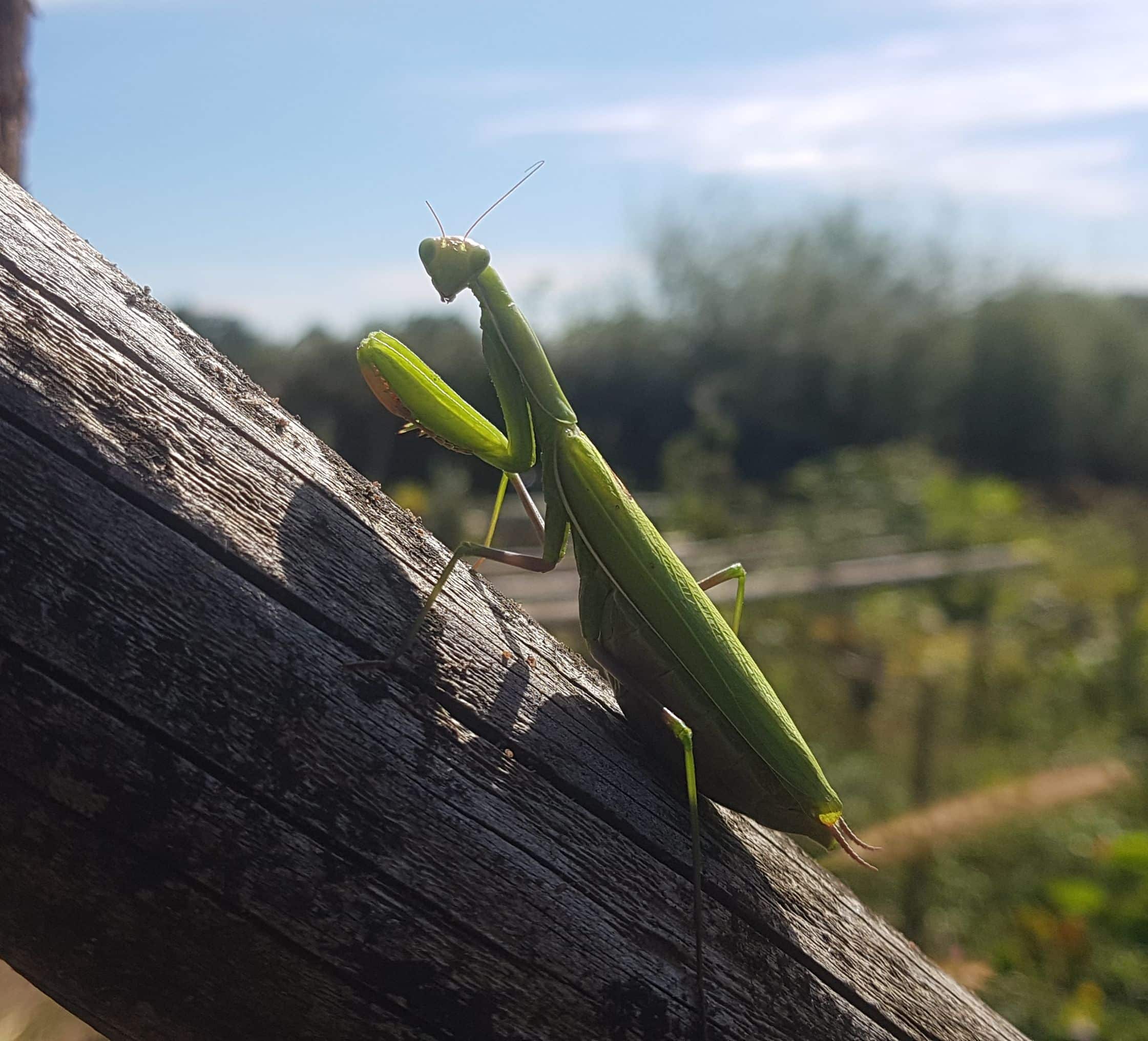
Mantises are predators, hunting their prey by lying in wait and catching it with their ravenous front legs. The species they eat are mainly insects, including locusts, grasshoppers and crickets, butterflies and moths, flies, midges and mosquitoes.

The humming-bird hawk moth is a species of diurnal butterfly that has the particularity of hovering and flying backwards. Rarely landing, it uses its long proboscis to forage in flight, giving it a hummingbird-like appearance.

The only mosquitoes that bite us and consume our blood are the females. The proteins in our blood are used to form eggs, which they then lay. To find hosts, they use an organ called the maxillary palp, located near their mandibles. This is a sensory organ that detects CO2 and therefore, by following the smell, a host.
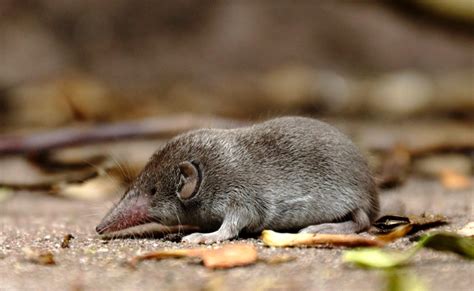
In the event of a food shortage or during the winter season, shrews are able to reduce the size of their vital organs and their skeleton in order to reduce their energy requirements (reduction of their brain by 30%, loss of 18% of their weight). They then enter a form of hibernation known as torpor.

Shieldbugs are biting, sucking insects that feed on plants in the vegetable garden, orchard or flowers, depending on the species. They bite leaves, fruit and flower buds, then suck their sap. This weakens the plant and can even lead to its death.

Along with the stag beetle, the European rhinoceros beetle is the largest beetle in Europe. It can carry up to 850 times its own weight.
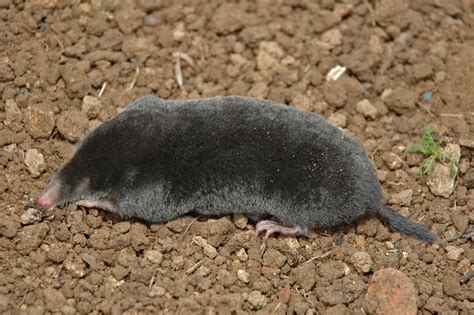
Moles are mammals that feed mainly on earthworms. They dig tunnels in the earth at speeds of up to 5 m per hour. Their eyes are no good, so they use their noses to track down their prey. They can smell in stereo, meaning that each nostril can smell independently, enabling them to determine the direction in which their prey is moving.
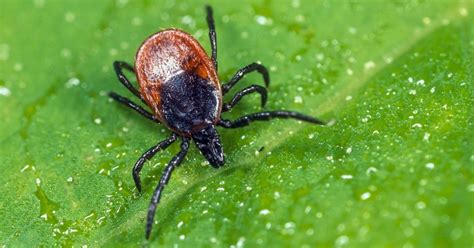
Ticks are not insects, but arachnids, like spiders, scorpions and mites. If you look closely at a tick when identifying it, you will see that it resembles a spider with its four pairs of legs (3 pairs in insects) and the absence of antennae.

All worms are hermaphroditic, meaning that they have both male and female reproductive organs. The ring we see on their body, the clitellum, is used for reproduction. It is a structure that descends from the head to the tail before being expelled, collecting the eggs that will be fertilised a little further down via the male organs. A cocoon is formed, which is sealed and buried so that the embryos can develop.

There are 4 species of viper in France, the most common in the south being the asp viper. You can tell a viper from a snake by 3 main criteria: a vertical pupil, small scales versus large scales on the head and a short, broad tail.